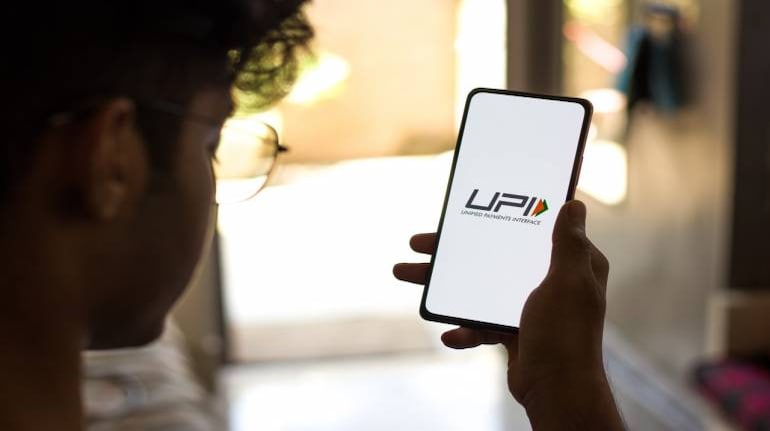



The decision of the National Payments Corporation of India (NPCI) to let non-resident Indians (NRI) from select countries to use the UPI (United Payments Interface) to conduct transactions has been welcomed by the NRI community.
Recollecting their earlier experience of standing in long ATM queues to withdraw cash using a debit card, some NRIs said the UPI could work very well for them. However, some said they had to go through a lengthy process to register and use the UPI in India.
Shilpa Kolte, an NRI based out of Singapore, said that till now she had not been able to use the UPI as she does not have an Indian phone number.
"I cannot use UPI as I do not have a local number mapped to a local bank account. Although UPI is convenient, you can get by with an Indian bank's debit card," Kolte tweeted.
Well even for NRIs not necessary. Not having UPI is a mini blocker but you can get by within an Indian bank's Debit card just fine - unless the merchant refuses debit card too. (I'm an NRI, can't use UPI as I don't have a local number aligned with my bank)— Shilpa (@shilpakolte) January 5, 2023
Speaking to Moneycontrol, Sreecharan Sankarnarayanan, an NRI based out of Pittsburgh, USA, said he used to switch to his Indian phone number to use the UPI here.
"I keep an Indian number active even when I am out of the country. That’s expensive since the cost of minimum validity plans of all carriers has gone up considerably," Sankaranarayan said.
Also read: NRIs from 10 countries can soon make payments through UPI
UPI process for NRIsOn January 10, the NPCI said that NRIs with non-resident external (NRE) and non-resident ordinary (NRO) accounts in ten countries could use the UPI with their international mobile numbers. These countries are Singapore, Australia, Canada, Hong Kong, Oman, Qatar, United States of America, Saudi Arabia, the United Arab Emirates, and the United Kingdom.
Sankaranarayan felt the process for NRIs to use the UPI was time-consuming and lengthy. "Bank accounts can only be tied to one phone number. So, while my NRE / NRO accounts are mapped to my US phone number for most of the year, I switch them to my Indian phone number when I arrive in India. This requires calling the bank’s customer service, and then it takes 24 hours for bank OTPs to start arriving on the new number, after which I can start using the UPI."
Experts also highlighted some other issues that NRIs could face when transacting using UPI, one of which is the transaction limit. The daily limit for UPI transactions ranges between Rs 25,000 and Rs 1,00,000, with a majority of the banks limiting daily transactions up to Rs 25,000. Mandar Agashe, MD, Sarvatra Technologies, a software firm, said: “Due to the transaction limit, UPI is usually used for small ticket size transactions. For larger amounts, NRIs largely use IMPS and RTGS.”
Other than transaction limits, technological glitches are also a major problem with UPI. Down Detector, a platform that reports on outages, said that UPI transactions faced major issues and outages in 2022, especially on December 31, when the number of transactions peaked.
Agashe explained that other than UPI, NRIs have options like cash and debit or credit cards.
“The only alternatives NRIs have when they travel to India is either using cash or using their international credit or debit cards. For peer-to-peer transactions, they can use international remittance products. But these products require a lot of pre-registration, along with huge transaction costs,” Agashe added.
NRIs look for a better processUPI could be a game changer in the payment industry if the lengthy processes that NRIs have to go through are somehow reduced.
"Allowing international numbers with UPI will simplify my life quite a bit since I can eventually let go of the Indian number and need not switch back and forth between them when I travel," Sankarnarayanan said.
An email sent to NPCI was unanswered till the time of publishing this story.
Discover the latest Business News, Sensex, and Nifty updates. Obtain Personal Finance insights, tax queries, and expert opinions on Moneycontrol or download the Moneycontrol App to stay updated!
Find the best of Al News in one place, specially curated for you every weekend.
Stay on top of the latest tech trends and biggest startup news.